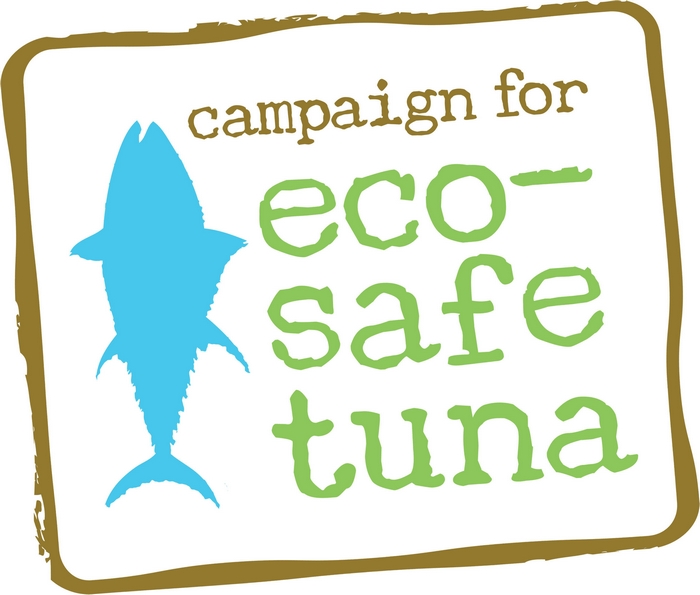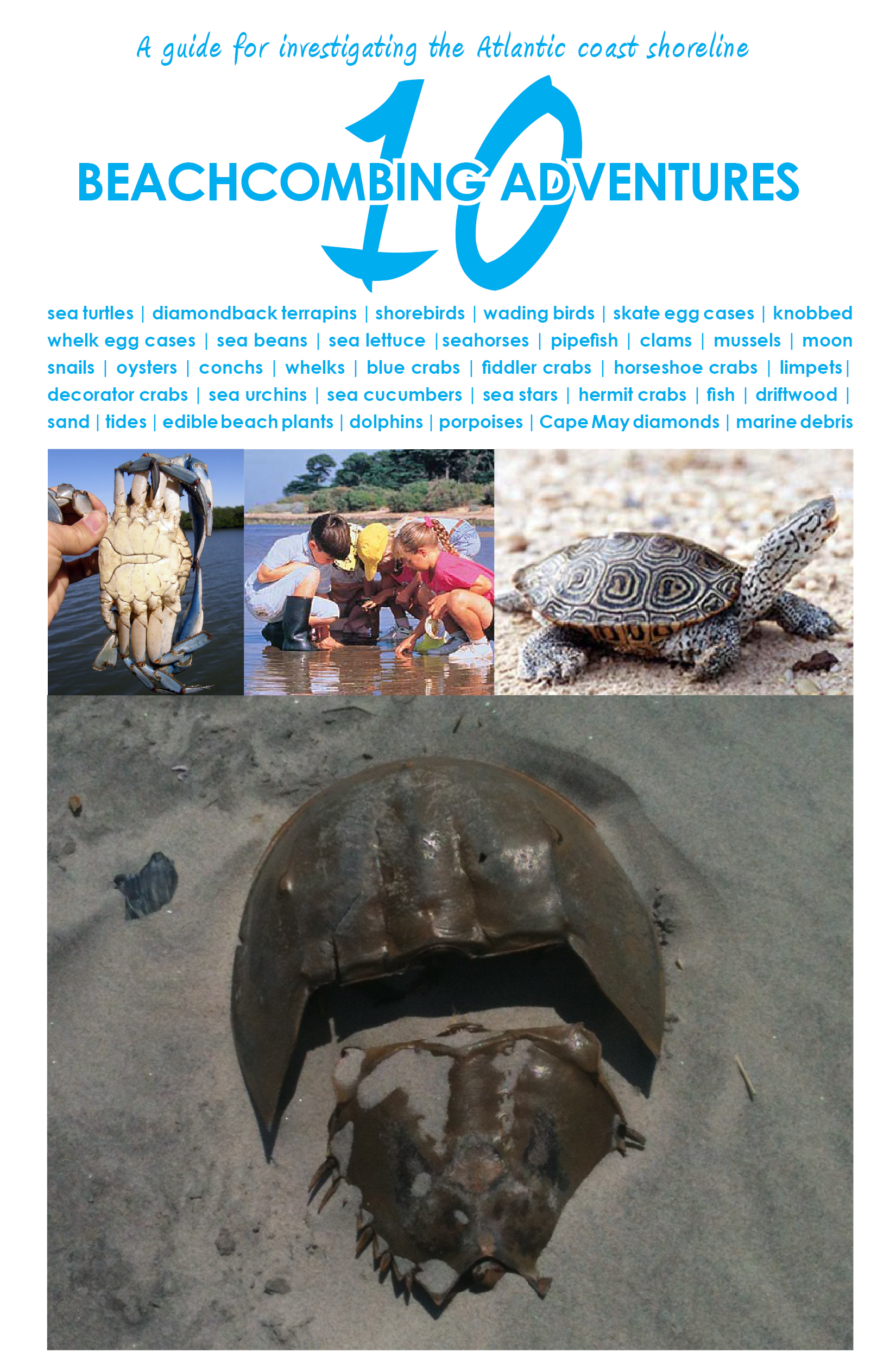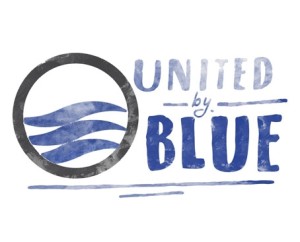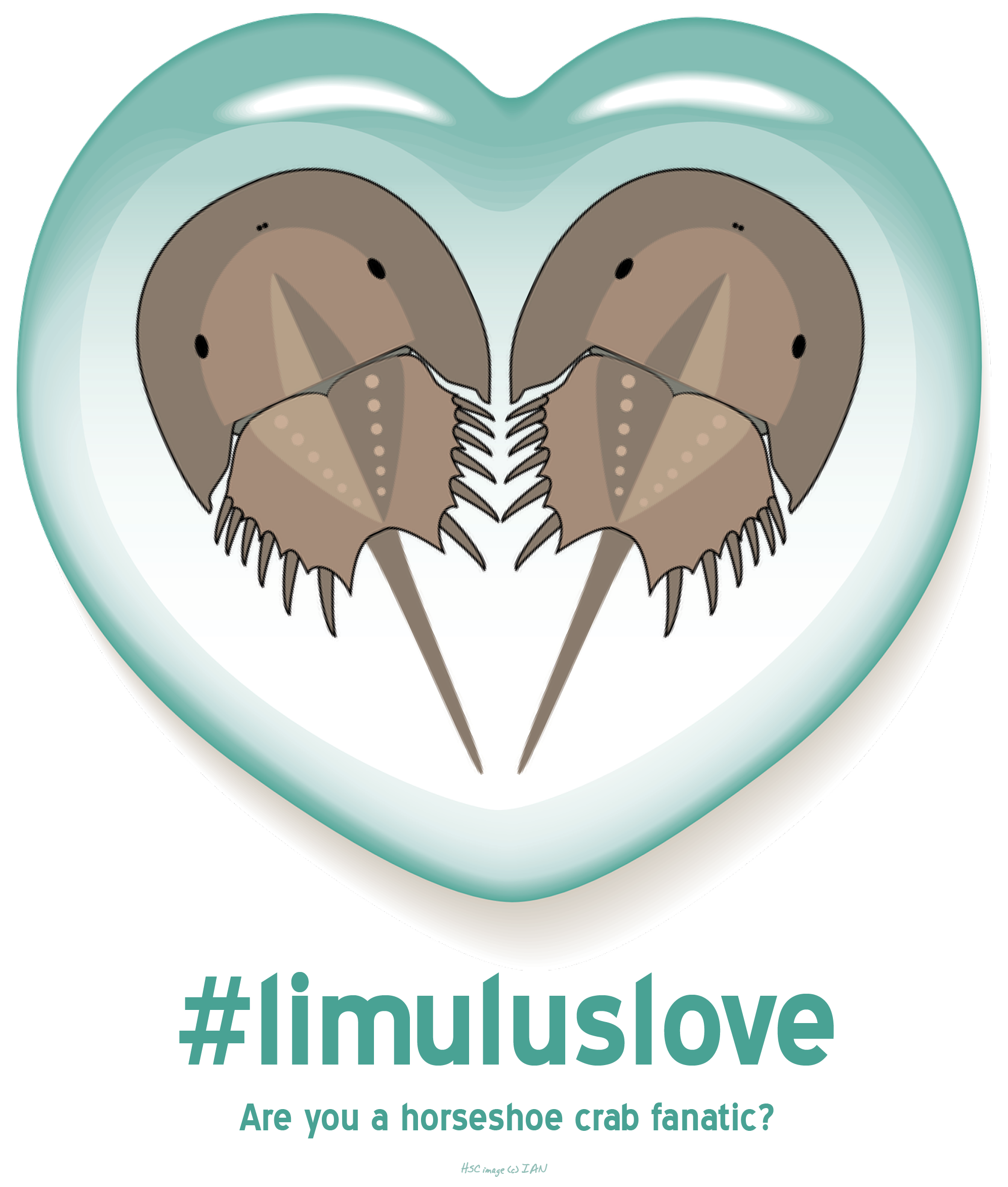Basically, there is a very high demand for the fins of sharks in China for a soup. The current practice is to cut off the fins off sharks and toss the body back into the ocean.
The shark does not grow a fin back like a seastar would regenerate an arm.
The shark will not be able to swim and not be able to have oxygen over its gills.
The shark will die.
Some may say sharks have a reputation that might grant this type of control. However, they only produce a few young every one or two years and take up to ten years to even be mature enough to make babies.
Sharks populations are being fished at rates above a safe biological limit. Sharks are crucial top predators in the ocean ecosystem. Without sharks at a stable population the balance of the sea is at stake.
Please visit this page for information on how to stop the practice of shark finning: www.change.org/oceanconservancy/actions/view/stop_shark_finning
Do you have another great question? Check out www.beachchairscientist.com and let us know what you always ponder while digging your toes in the sand or send an e-mail to beachchairscientist@gmail.com!

 that you find have spent a considerable amount of time floating in the ocean. It has been tumbling along the sand and water for so long that that the glass, slate or what have you, has been polished by the sand grains.
that you find have spent a considerable amount of time floating in the ocean. It has been tumbling along the sand and water for so long that that the glass, slate or what have you, has been polished by the sand grains.






What people are saying …